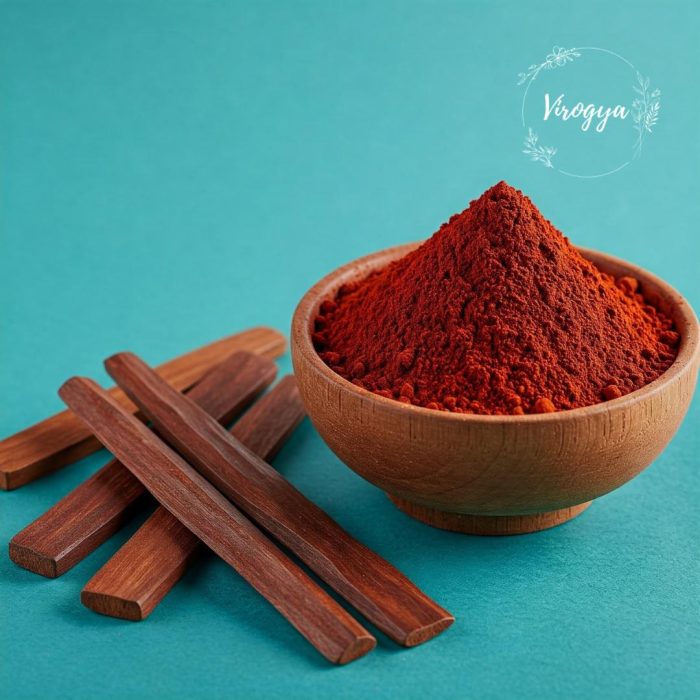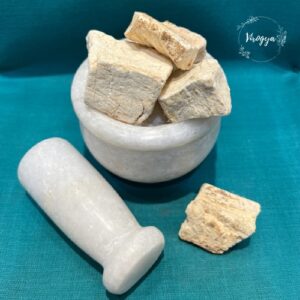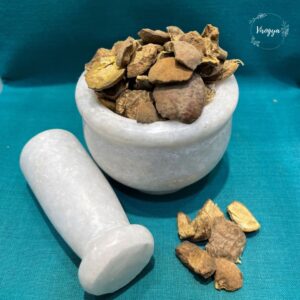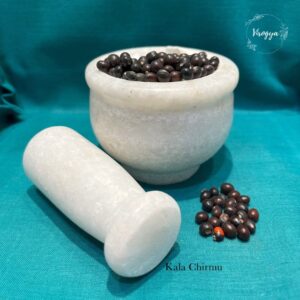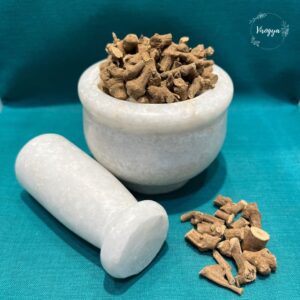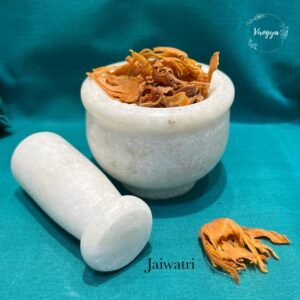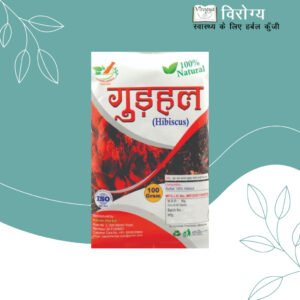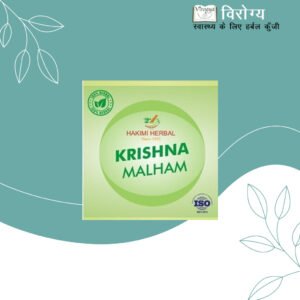Lal Chandan
Uses
- Medicinal Uses – Used in Ayurveda for treating skin disorders, digestive issues, inflammation, and blood purification.
- Religious Uses – Used in Hindu rituals, pujas, and tilak applications.
- Cosmetic Uses – Incorporated in skincare for acne, pigmentation, and improving complexion.
- Spiritual Uses – Used for making prayer beads (malas) and meditation accessories.
- Woodworking & Handicrafts – Used for carving idols, furniture, and decorative items.
- Ayurvedic Formulations – Found in herbal medicines, tonics, and skincare products.
- Perfume & Incense – Sometimes used in making aromatic pastes and incense sticks.
Lal Chandan, also known as Red Sandalwood (Pterocarpus santalinus), is a highly valued and rare wood primarily found in the southern parts of India. Renowned for its deep red color and unique properties, it has been used for centuries in Ayurveda, religious rituals, cosmetics, and fine woodworking. Unlike White Sandalwood (Santalum album), which is known for its fragrance, Lal Chandan is prized for its medicinal, spiritual, and aesthetic benefits. Due to its increasing demand and slow growth, its trade is strictly regulated to prevent illegal harvesting and ensure sustainable use.
Health Benefits
- Skin Care – Helps in treating acne, blemishes, pigmentation, and sunburn due to its cooling and anti-inflammatory properties.
- Blood Purification – Used in Ayurveda to detoxify the blood and improve overall skin health.
- Anti-inflammatory – Reduces swelling, pain, and irritation in skin infections and wounds.
- Digestive Health – Aids in treating indigestion, diarrhea, and ulcers.
- Anti-aging – Rich in antioxidants, it helps slow down aging and enhances skin elasticity.
- Cooling Effect – Provides relief from body heat, prickly heat, and skin rashes.
- Wound Healing – Promotes faster healing of minor cuts, burns, and bruises.
- Liver Health – Helps in managing liver disorders and supports detoxification.
- Anti-diabetic Properties – Some studies suggest it may help in regulating blood sugar levels.
- Stress Relief – Used in aromatherapy for relaxation and calming the mind.
Precaution
- Always do a patch test before applying it to the skin.
- Consult an Ayurvedic doctor before oral consumption, especially if you have underlying health conditions.
- Use only in recommended amounts to avoid side effects.
Conclusion
Lal Chandan is more than just a precious wood; it holds immense cultural, medicinal, and economic significance. Its applications range from traditional medicine to religious ceremonies, skincare, and fine craftsmanship. Despite its many benefits, the growing scarcity and high demand have led to conservation efforts to protect and sustainably manage this natural resource. By preserving this valuable wood, we not only maintain its availability for future generations but also honor its deep-rooted significance in various traditions and industries.
| Weight | 100GM, 250GM, 500GM |
|---|

